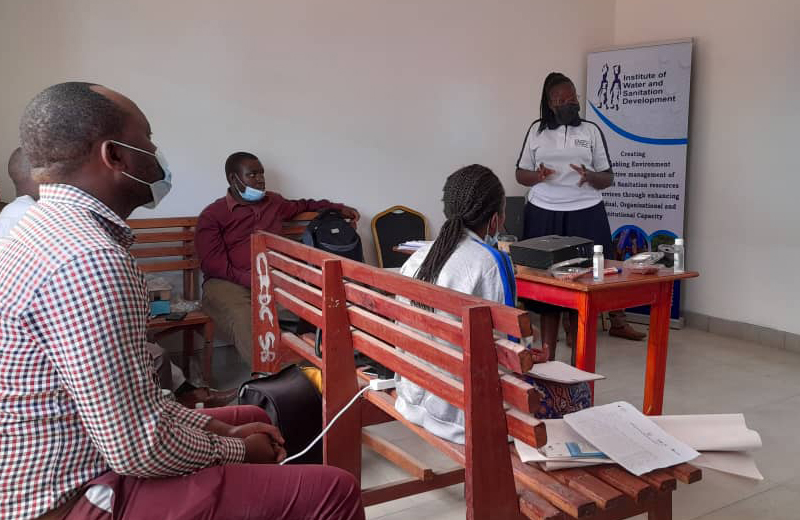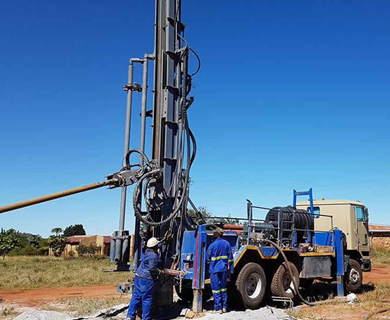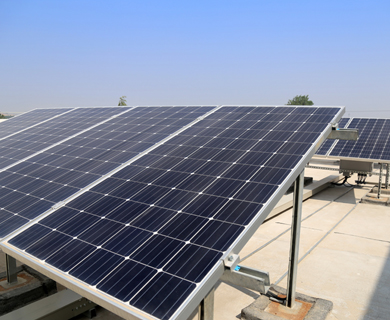GIS and remote sensing in Water Resources Management and WASH

GIS and remote sensing in Water Resources Management and WASH
About the Course:
Information is processed from facts and figures. In a Geographical Information System (GIS), data is given a spatial dimension and interpretation of results is enhanced which improves programming for target based interventions. Data with a spatial dimension enhances smooth program implementation (surveys, monitoring, evaluations).Different types of data brought in the form of layers in a GIS can be overlaid and the technology integrates data and statistical analysis to produce maps using WASH attributes.
Integration of GIS in WASH improves quality of baseline surveys and monitoring. GIS is a requisite in Local Authorities as it gives value to the monitoring of infrastructure such as water distribution pipes and wastewater conveyance pipes, activities taking place at each length and breadth of an LA. Having knowledge of all infrastructure (condition, material used etc.), helps LA personnel to plan for Operation & Maintenance (O & M) which safeguards the revenue of the LA.
| Course Features | |
|---|---|
| Course Durations | 5 Days |
| Certification: | yes |
| Study Level: | Short-Term Prof |
| Approach: | Workshop |
| Calendar: | : 23 - 27 May 2022 |
Attending the course participants will be able to:
Target group: Personnel involved in project management, Water and Wastewater Engineers, superintendents/supervisors (maintenance), public works personnel, WASH personnel, Monitoring and Evaluation Experts


